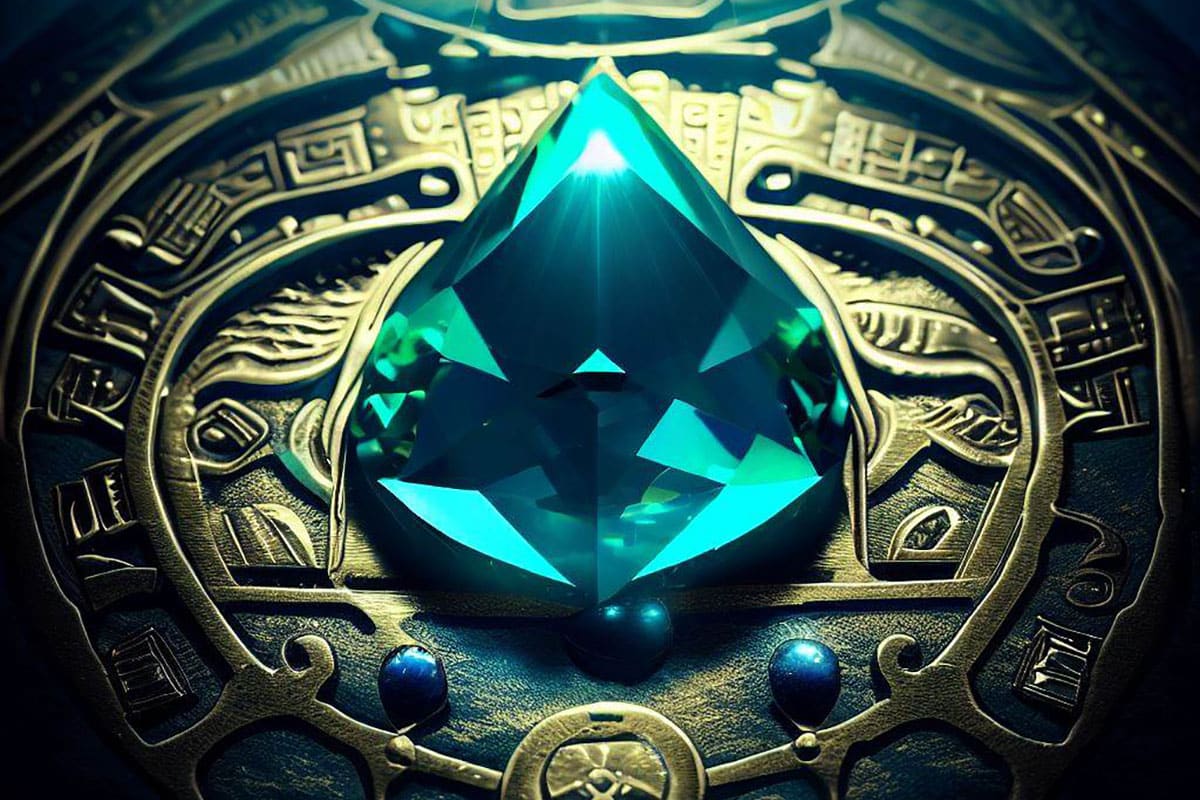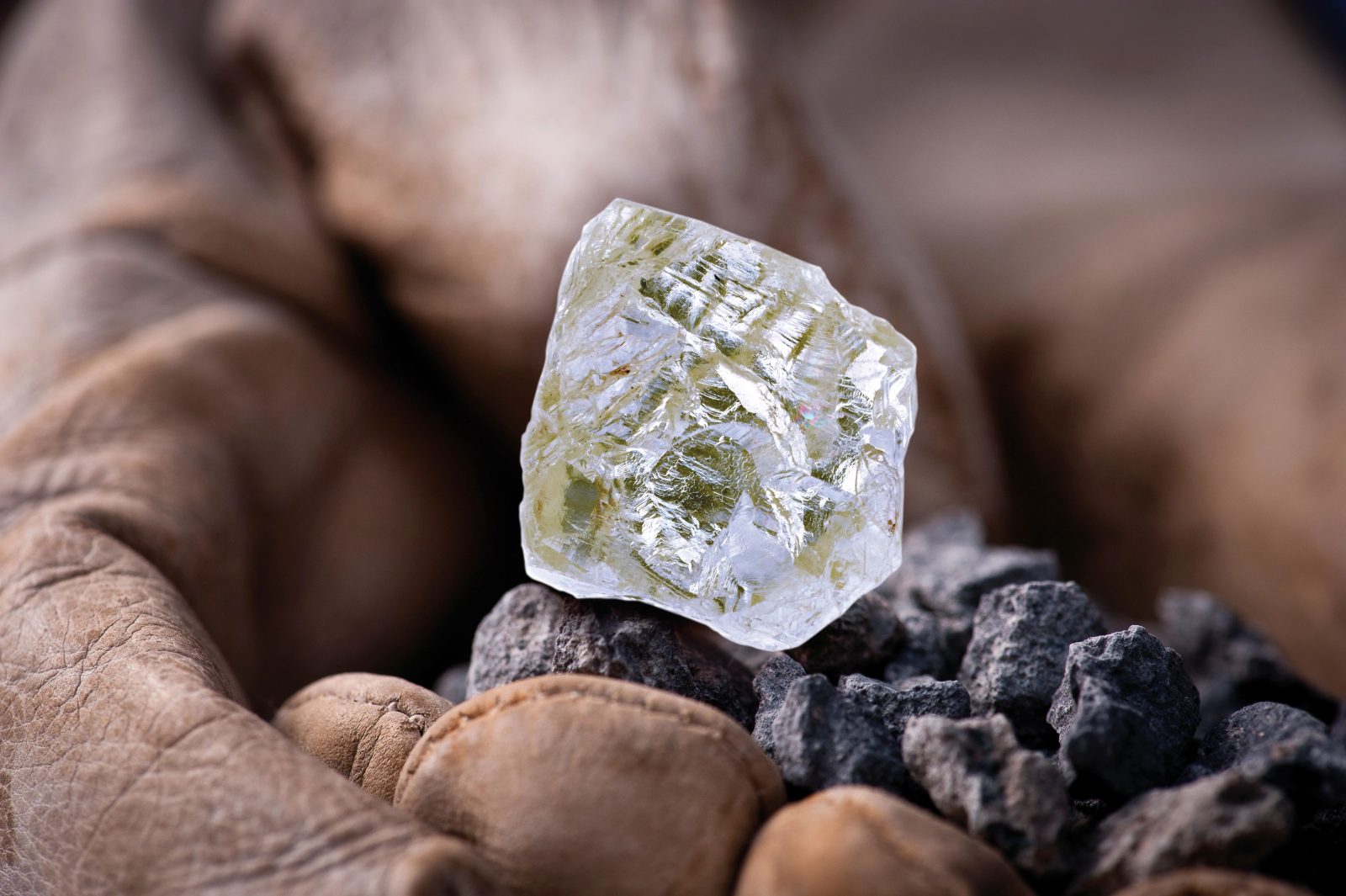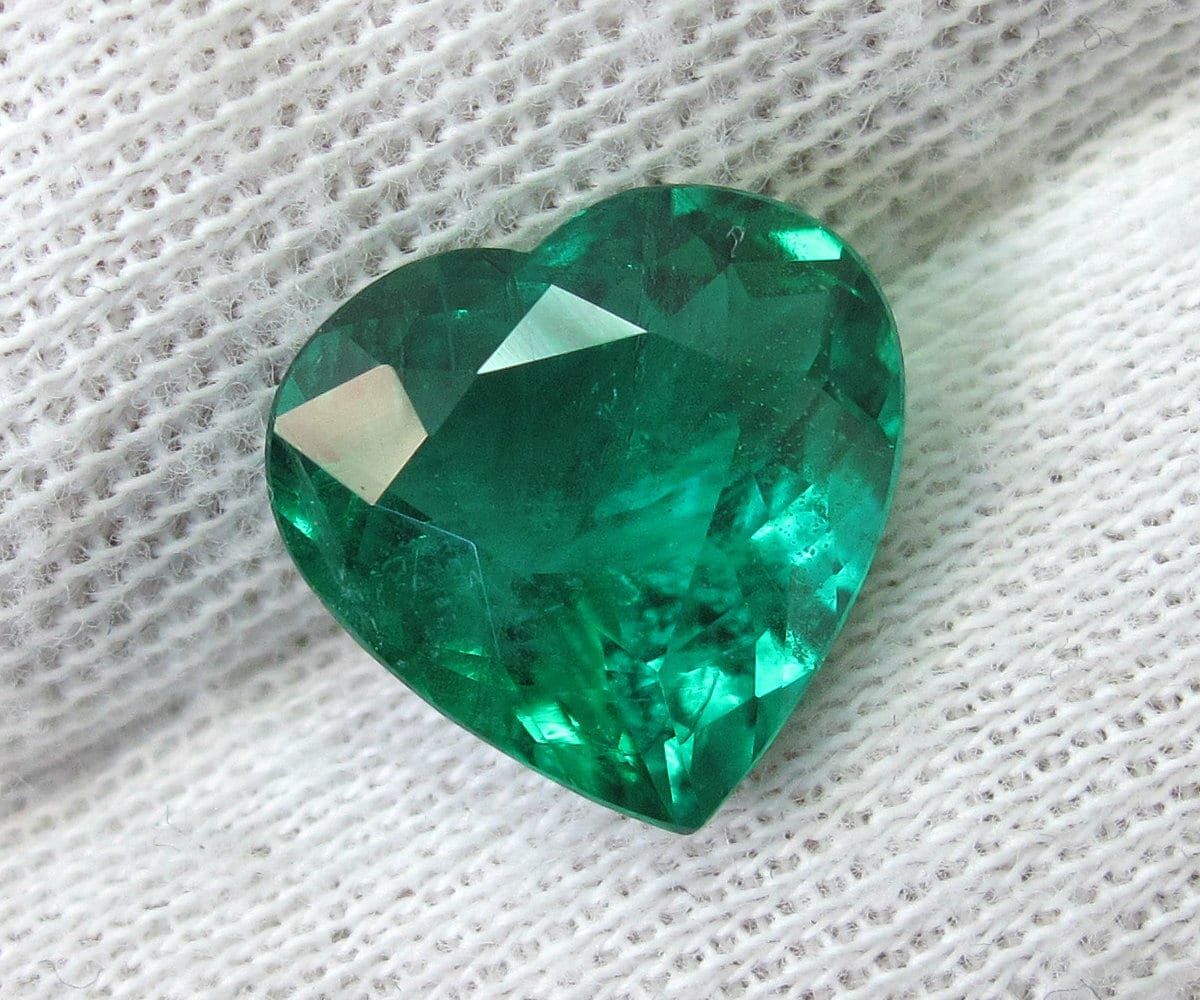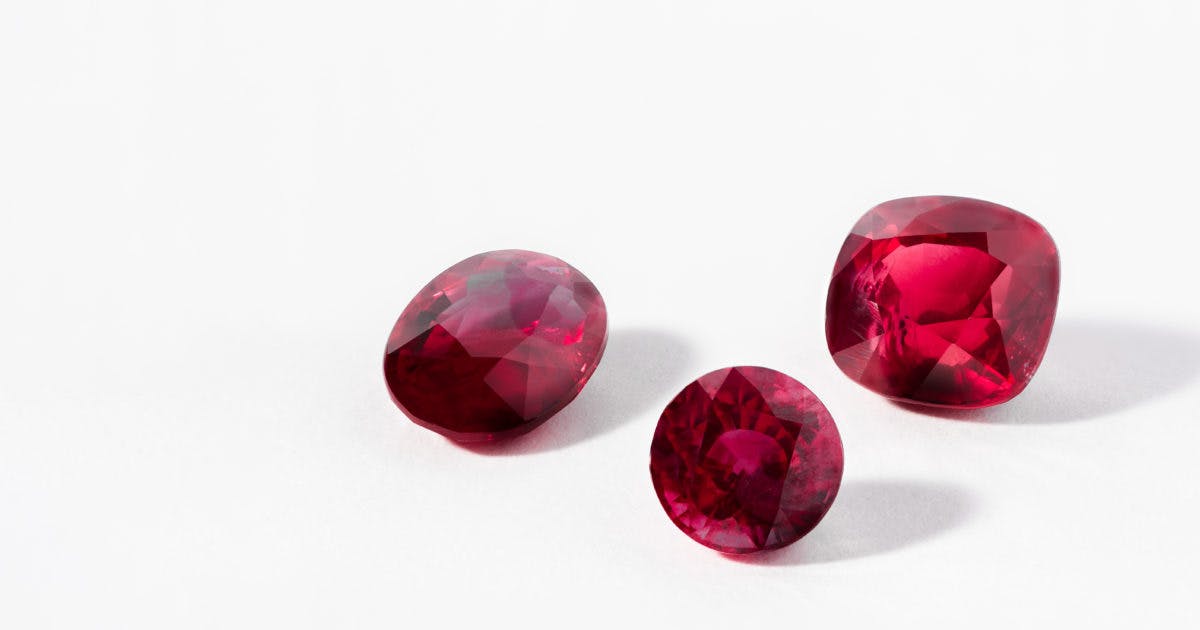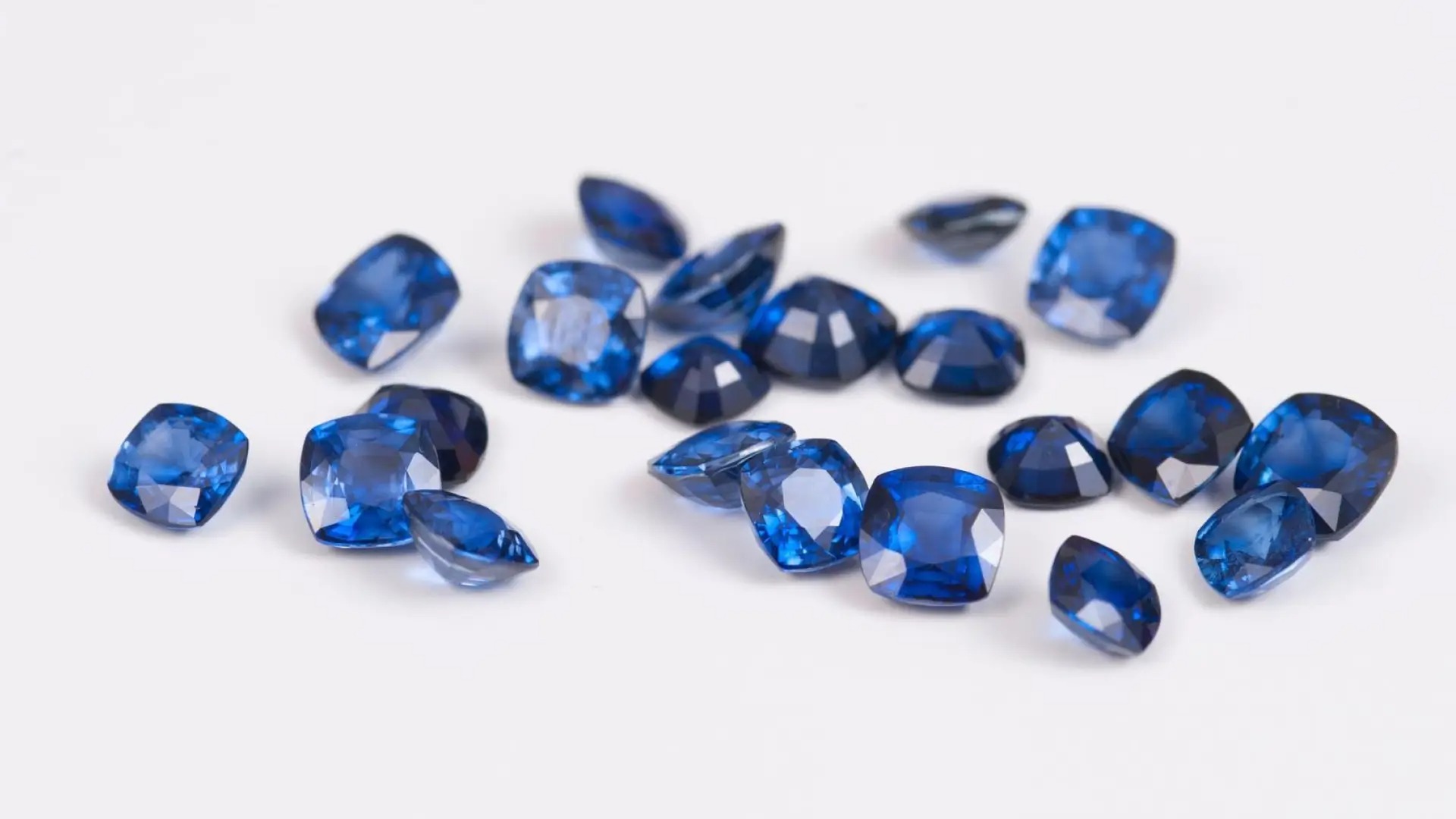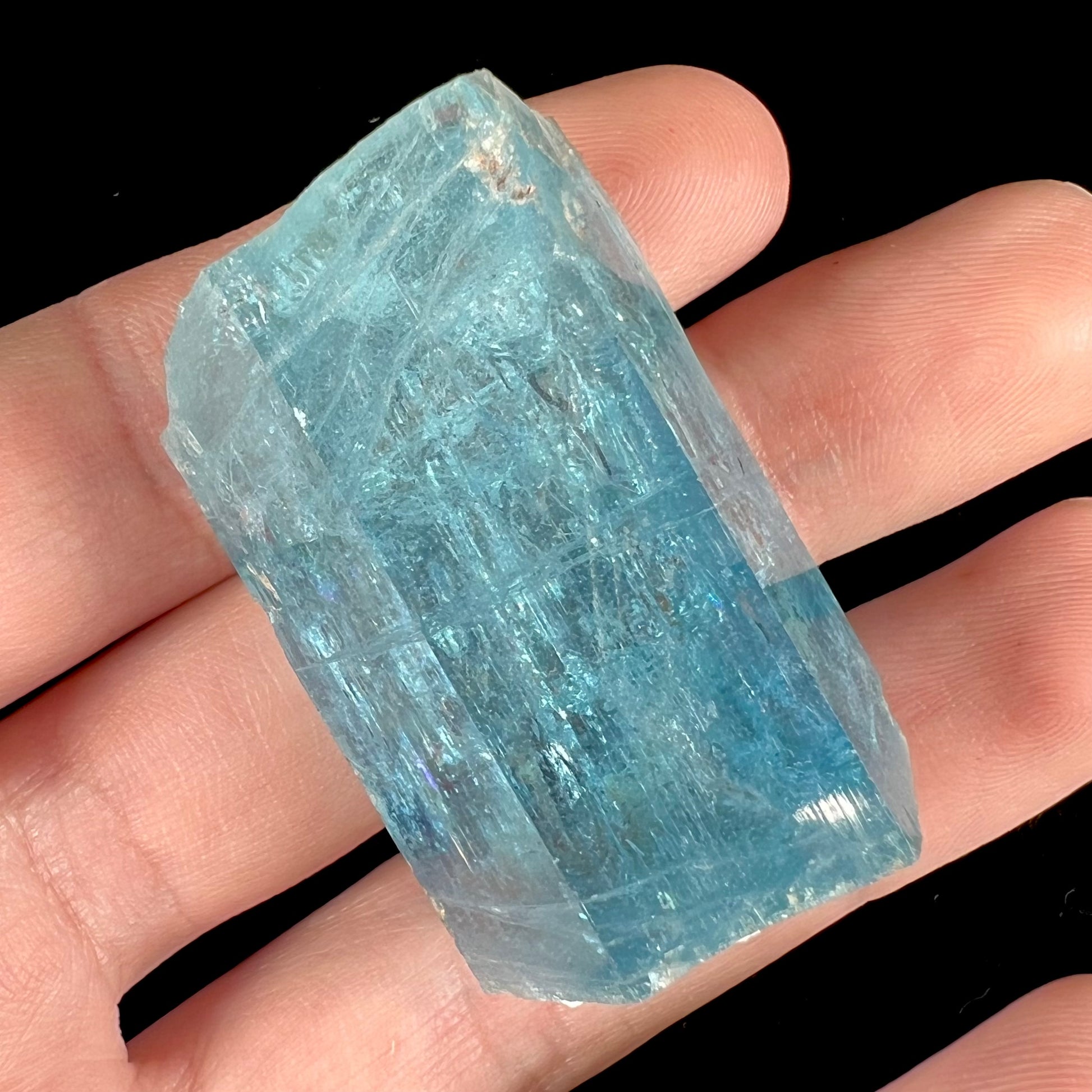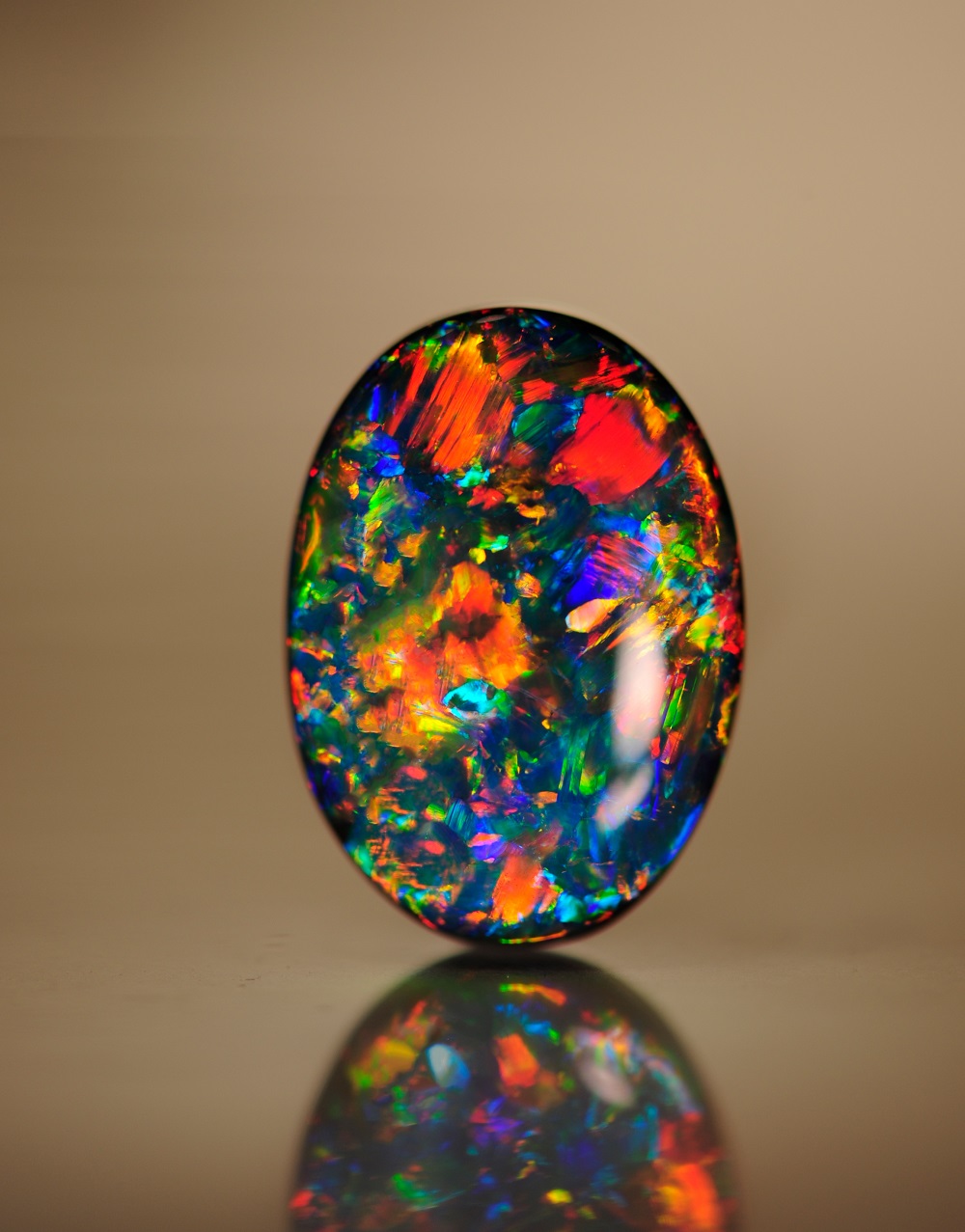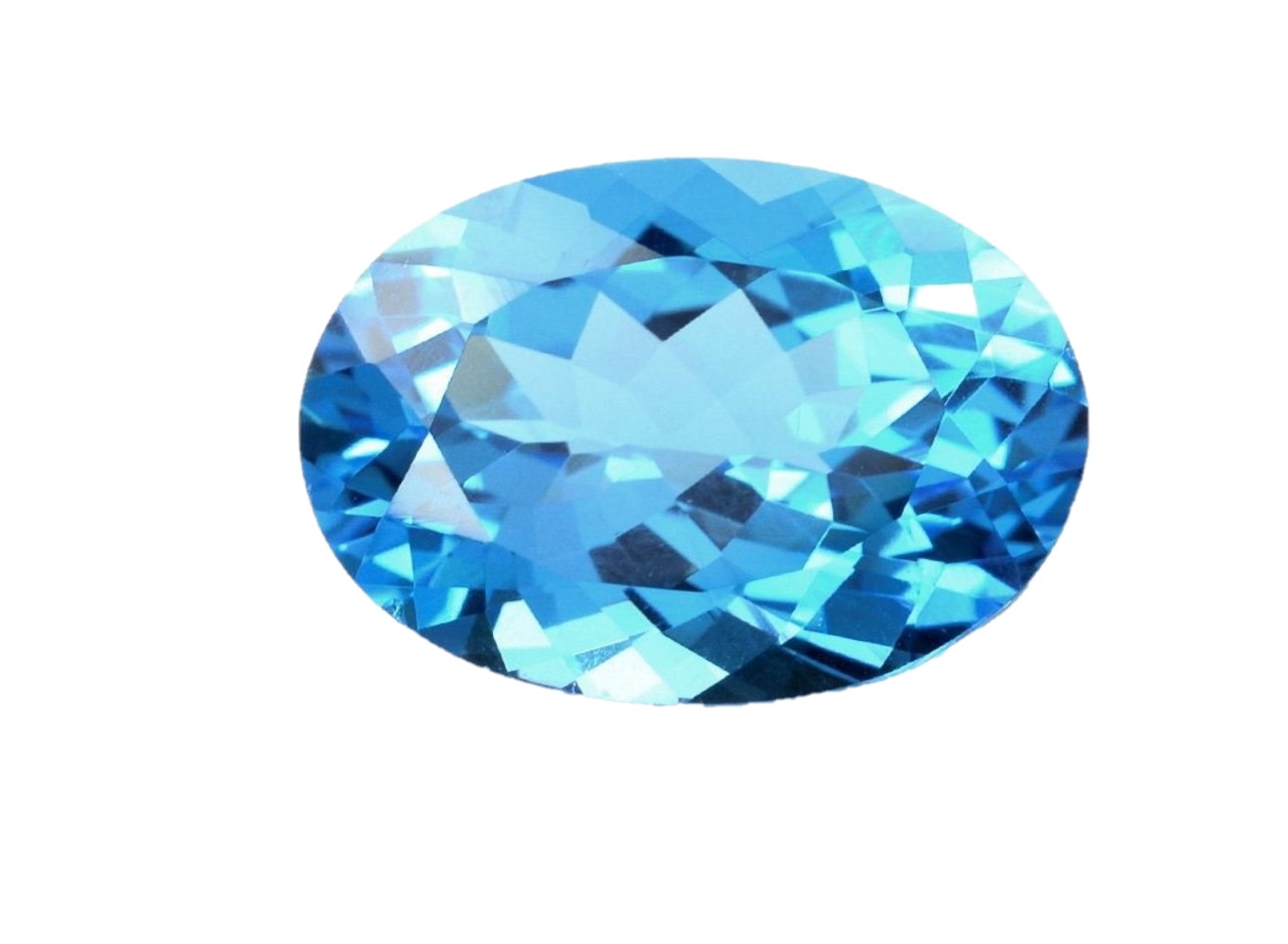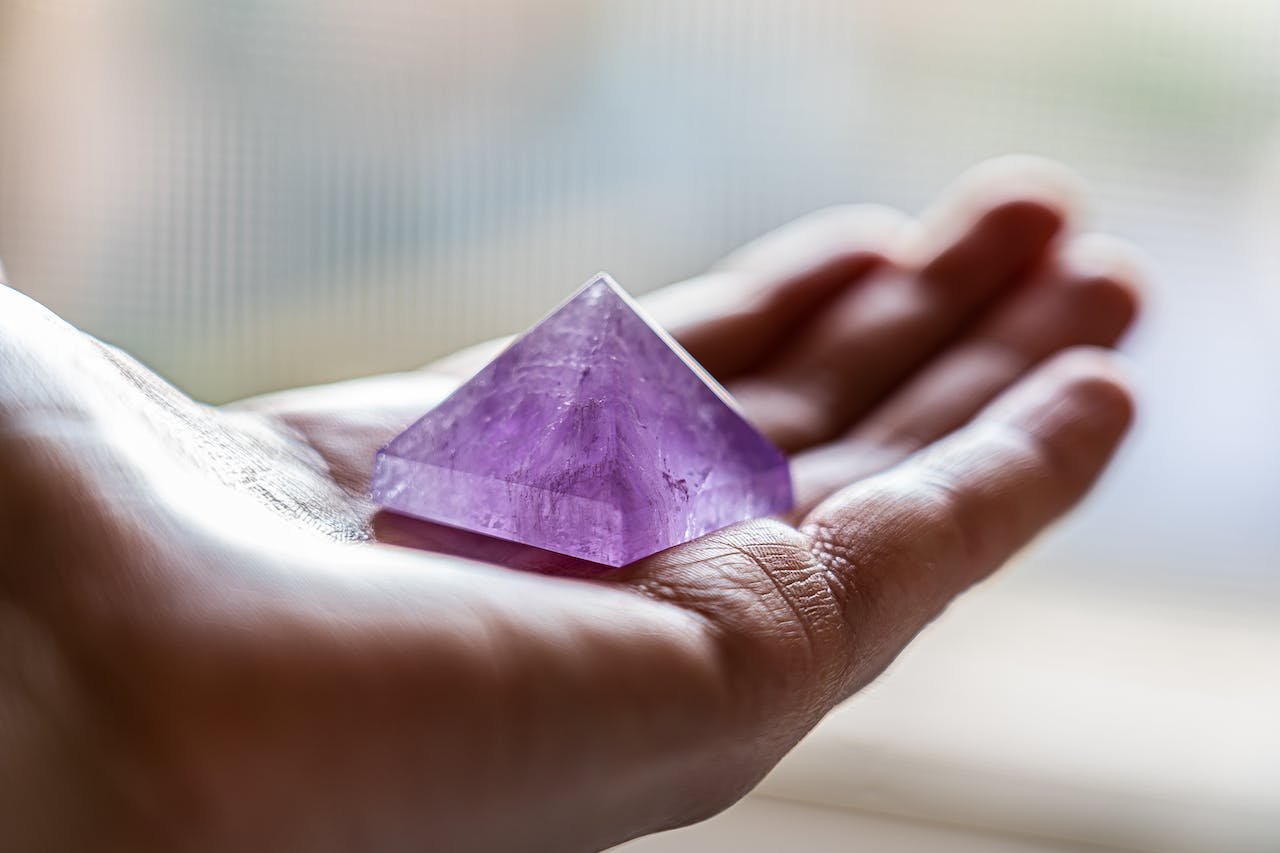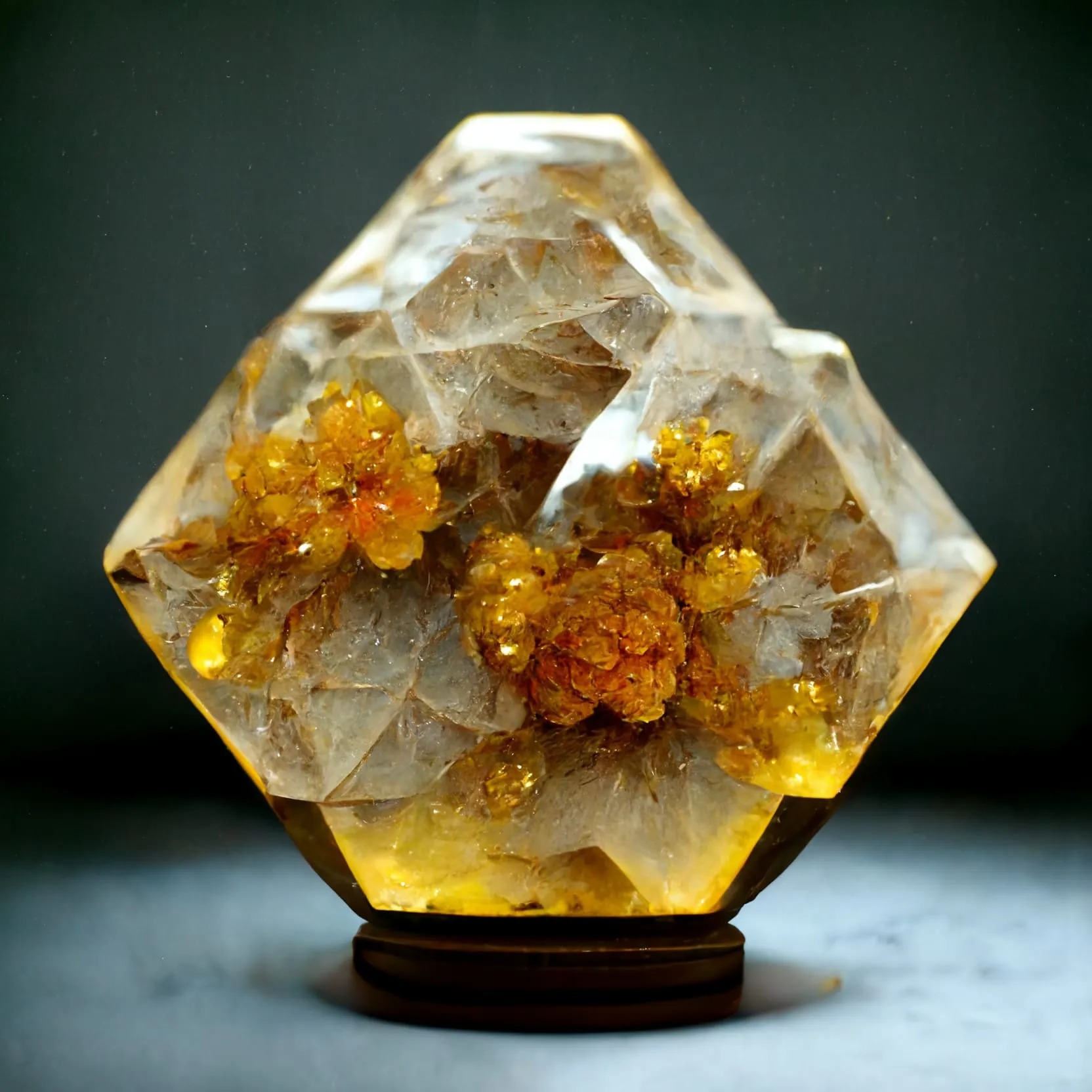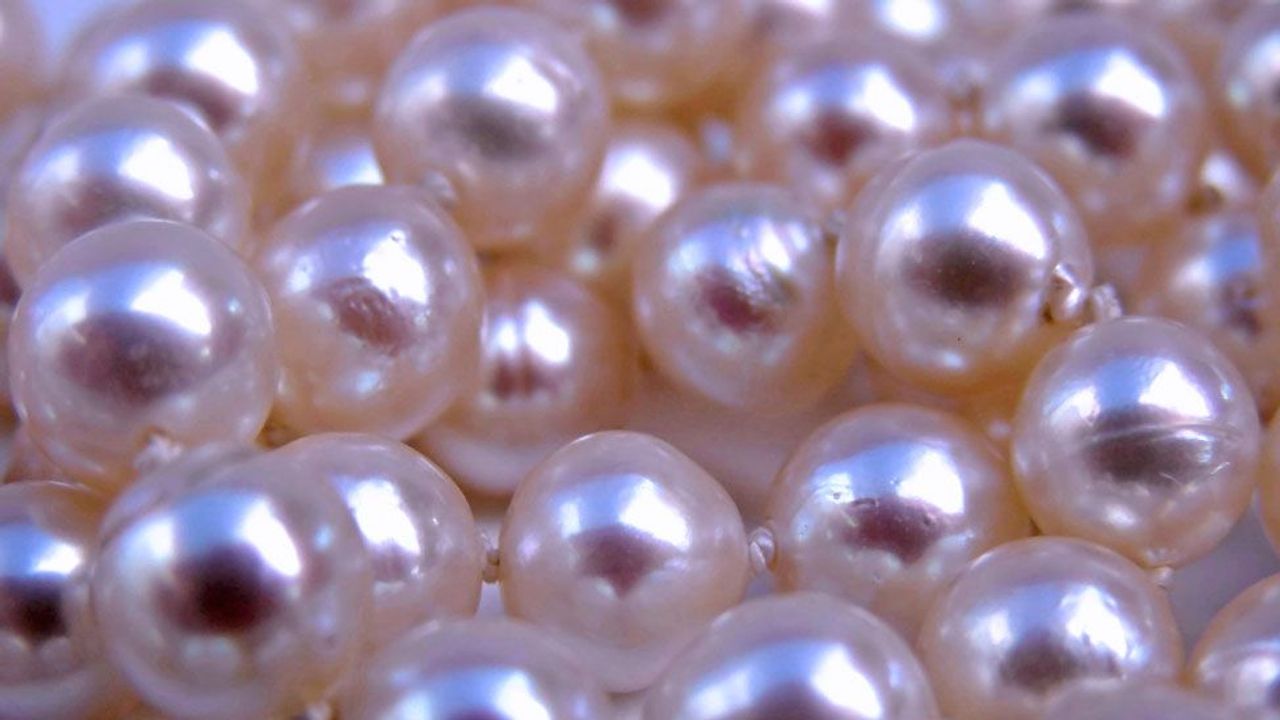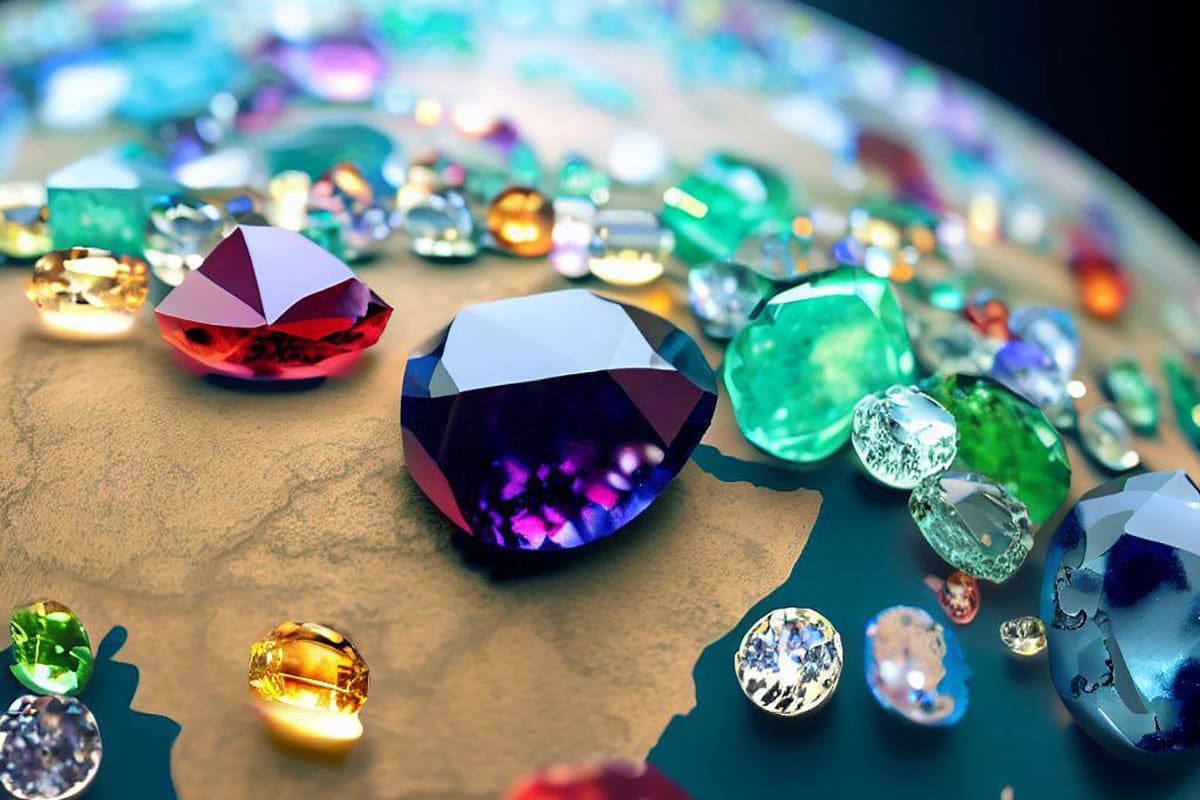
The role of gemstones in historical and archaeological researchhas been a subject of increasing significance, shedding light on the multifaceted ways in which these precious stones have influenced human history.
Beyond their aesthetic allure and economic value, gemstoneshave played a pivotal role in shaping cultural, social, and economic landscapes throughout the ages.
This article delves into the intricate connection between gemstonesand historical/archaeological research, exploring how these exquisite minerals have left an indelible mark on civilizations across the globe.
What Are Gemstones?
The beauty, uniqueness, and durability of gemstones make them valuable. They are carved and polished for jewelry, decorations, and art. Minerals or biological elements make gemstones in many hues, shapes, and sizes.
Popular gemstones include diamonds, rubies, sapphires, emeralds, and pearls. This diamondhas been coveted for generations and remains so. Amethyst, aquamarine, garnet, topaz, and tourmalineare precious and available in many hues.
Precious and semi-precious gemstones exist. Diamonds, rubies, sapphires, and emeralds are uncommon and precious. Semi-precious gemstones are less costly and more common, yet they are still attractive and used in jewelry and other decorations.
History Of Gemstones
From the beginning, gemstones existed. Nearly everyone has interacted with them. In cosmetics, they are used as massage implements, and in astrology, each planet has a protecting stone. In medicine, gemstones emerge. The famed Benedictine Hildegard von Bingen valued jewels and utilized them for healing.
The Stone Age
Neanderthals fashioned the earliest gemstone jewelry. It is supported by archeological finds in southeast Spain's Cueva de los Aviones cave. Small holes were found in shells. Hematite gemstones were discovered in these little holes by archaeologists.
Thus, scientific evidence dates the earliest jewelry to 15,000 years ago. Some of the earliest jewels are diamonds, produced around 4.4 million years ago.
Stone Age gemstones were simple to locate and work. So, amberis usually found as a gemstone. Simple instruments can sculpt fossil resin. Also known in the Stone Age were turquoise, coral, lapis lazuli, and malachite.
Egypt
The Egyptians, one of the most accomplished civilizations in history, pioneered early artisan skills that are being utilized today. These include engraving, chasing, driving, gilding, and silvering.
These metallurgical methods allowed the Egyptians to create new jewelry. They first imported lapis lazuli, turquoise, and carnelian from Afghanistan and Turkey for jewelry.
High-ranking figures received these jewelry items as funeral presents to have a whole life after death. It was when the first blast furnaces were erected to suit the high demand for jewelry funeral gifts.
Greece
Jewelry creation was once heavily restricted in the birthplace of European jewelry tradition. Goldand other valuable metals were scarce. Jewelry creation increased when Alexander the Great defeated Darius, who brought vast amounts of gold to Greece.
The majority of goldsmith's work from this time remains. Jewelry formerly fashioned for burial was now for the rich. Pearl and gemstone diadems from this period are stunning.
Rome
At the start of the Roman Empire, jewelry and gemstones were small. Jewelry production was not done, but pearls were used as payment. It changed drastically when King Constantine made Christianity the official religion of the Roman Empire.
Necklacesbecame important. Crosses were especially popular. They were often adorned with costly stones. Opals, emeralds, sapphires, and rubies were favored.
In Middle Age
In contrast to antiquity, valuable stones throughout the Middle Ages showed rank. More excellent diamonds meant greater power. Gemstones were also heavily gathered due to their magical properties.
The gemstone walls erected by Emperor Charles IV for the Wenceslas Chapel in St. Vitus Cathedral in Prague and Karlštejn Castleare unique in Europe. These reflected paradise and showed his might. Amethysts, chrysoprase, agates, jasper, and onyx, mainly from northern Bohemia, were utilized.
Gemstone inscriptions were also thought to boost their magical abilities in medieval times. Such inscriptions have been discovered on several ringsfrom this time. For instance, a 14th-century ruby ringwith one of these inscriptions brings luck.
The Duke of Burgundy's treasury inventory record dated 1455 says it was meant to make delivery simpler for ladies. Some stones were supposed to detect poison.
The Modern Age
Gemstones are still turned into jewelry. They were also found by industry. Grinding steel and stone with diamonds, the hardest substance, is an example. In the early 1960s, rubies were utilized in the first lasers.
Today, these lasers are less critical since their efficiency is still being determined. Ruby lasers are still used in dermatology to cure pigment spots and tattoos because they work well.
Related: A Comprehensive Guide To Gemstone Types And Properties
Gemstone Properties And Characteristics
Gemstones are highly prized and sought-after due to their distinctive qualities. Some of the most notable qualities and attributes of gemstones are as follows.
Color
Ruby, sapphire, and emerald are just a few examples of the many gemstone hues. Impurities, trace elements, and the crystal structure of a gemstone are some of the variables that might affect its hue.
Clarity
The absence of both visible and invisible imperfections and defects is what gives a gemstone its clarity. The clarity of a gemstone is one of the most critical factors in determining its value and appeal.
Cut
A gemstone's cut is its form and facets that bring forth its brightness and beauty. The symmetry and dimensions of a well-cut gemstone make it a beautiful light reflector.
Carat Weight
A gemstone's size and weight are measured in carats. The unit of measurement for gemstones is the carat, and 0.2 grams is one carat.
Hardness
How well a gemstone withstands wear and tear is called its hardness. It is usual practice to use the Mohs scale to determine the hardness of gemstones; talc is the softest substance, and diamonds are the hardest, scoring a 10.
Luster
A gemstone's luster is its light-reflecting properties. The luster of a gemstone determines how brilliant and dazzling it will seem. A gemstone with poor luster would seem drab.
Refractive Index
How much light is bent as it travels through a gemstone is known as its refractive index. This quality has the potential to affect the fire and sparkle of the gemstone significantly.
Fluorescence
Upon exposure to UV radiation, certain gemstones display fluorescence, causing them to produce a visible light. Because of this, the gemstone may take on a unique and appealing appearance.
The distinct attractiveness and monetary worth of each gemstone are based on these features and qualities. The total value and attractiveness of the gemstone are determined by the sum of these elements, in addition to its availability and rarity.
Symbolic Significance Of Gemstones In Archaeological Research
The symbolic significance of gemstones in archaeological research transcends their aesthetic allure, delving into the cultural, religious, and societal dimensions of ancient civilizations. Unearthed gemstone artifacts provide a symbolic tapestry, offering valuable insights into the beliefs and practices of bygone eras.
Religious Symbolism
Gemstones often held profound religious significance in ancient cultures. From the lapis lazuli of Mesopotamian templesto the jade of Chinese tombs, these precious stones were believed to embody spiritual power. Archaeological findings reveal how gemstones were intricately woven into religious rituals, acting as conduits between the earthly realm and the divine.
Cultural Identity And Status
The use of specific gemstones was often tied to cultural identity and societal status. Royals adorned themselves with gemstone-studded regalia, showcasing power and wealth. In contrast, burial practices incorporated gemstones to symbolize the deceased's status in the afterlife. The symbolic weight of gemstones in this context unveils the social hierarchy and cultural values of ancient societies.
Protection And Healing
Many civilizations ascribed protective and healing properties to gemstones. Amulets, talismans, and engraved gemstones were thought to safeguard individuals from harm and illness.
Archaeological excavations reveal the prevalence of gemstone artifacts designed not only for adornment but also as protective symbols, underscoring the intersection of belief systems and material culture.
Cosmic Alignment
Certain gemstones were linked to celestial bodies, aligning with astronomical beliefs. The choice of gemstones based on their color and perceived connection to planets or constellations reflects the cosmic consciousness of ancient cultures.
The symbolic use of gemstones in this context provides a celestial dimension to archaeological interpretations, unraveling the cosmological outlook of past societies.
Ceremonial And Ritualistic Significance
Gemstones played a pivotal role in ceremonial and ritualistic practices. Whether embedded in masks, wands, or ceremonial attire, these stones were integral to the performance of sacred rites.
The symbolic resonance of gemstones in rituals deepens our understanding of the ceremonial life of ancient civilizations, highlighting the intersection of the mundane and the sacred.
Trade And Diplomacy
In the context of ancient trade routes, gemstones became symbols of diplomacy and interconnectedness. The exchange of gemstones along trade routes served not only economic purposes but also diplomatic and cultural ones.
Gemstones, in this light, symbolize the interconnectedness of diverse cultures, facilitating the exchange of ideas, technologies, and artistic influences.
Top 10 Types Of Gemstones
Diamonds
Diamonds, the hardest known natural material, are prized for their unparalleled sparkle and durability. Symbolizing eternal love, diamonds are a coveted choice for engagement rings and high-end jewelry. Mined from various regions globally, diamonds come in a range of colors, with the rarest being entirely colorless.
Emeralds
It is known for its rich green hues; emeralds have captivated civilizations for centuries. Mined predominantly in Colombia, these gemstones have adorned royalty and the elite. With a history datingback to ancient Egypt, emeralds symbolize rebirth and are often associated with wisdom and fertility.
Rubies
With their intense red color, rubies symbolize passion and vitality. Mined in locations like Myanmar and Thailand, rubies are among the most precious gemstones. Legends of their mystical powers have made rubies sought after throughout history, adorning crowns, jewelry, and ceremonial artifacts.
Sapphires
Renowned for their stunning blue hues, sapphires have a regal allure. While blue is the most recognized color, sapphires come in various shades except red (which is classified as a ruby). Sapphires, often associated with wisdom and nobility, have been cherished by cultures worldwide, including ancient Persia and medieval Europe.
Aquamarine
Aquamarine, with its calming blue tones, is reminiscent of the clear waters it draws its name from. Mined in Brazil, Madagascar, and other locations, aquamarine symbolizes tranquility and is believed to bring courage. It's a popular choice for jewelry, especially in rings and necklaces.
Opals
Opals are renowned for their mesmerizing play of color, displaying an ever-changing array of hues. Found in Australia, Ethiopia, and other regions, opals are associated with creativity and inspiration. These unique gemstones often symbolize hope and are believed to enhance one's imagination.
Topaz
Topaz, available in a spectrum of colors, is known for its brilliance and clarity. While often seen in shades of yellow, topaz can also be found in pink, blue, and green. Mined in Brazil, Russia, and Pakistan, topaz is associated with positive energy and good fortune.
Amethyst
Amethyst, with its regal purple color, has been prized since ancient times. Mined in locations like Brazil and Zambia, amethyst is associated with tranquility and protection. This gemstone is often used in jewelry and amulets and is believed to bring clarity of mind and spiritual insight.
Citrine
Citrine, with its warm, golden hues, is a variety of quartzknown for its radiant appeal. Mined in Brazil and Spain, citrine is often associated with abundance and positive energy. This gemstone's vibrant color makes it a popular choice for jewelry, especially in rings and pendants.
Pearls
Pearls, formed within the depths of the ocean, are unique among gemstones. It Symbolizes purity and timeless elegance; pearls have been cherished for centuries.
Cultured pearls, harvested in controlled environments, share the same lustrous appeal as their natural counterparts, making them a classic choice for jewelry.
See Also: The Symbolism And Meanings Behind Gemstone Shapes And Cuts
The Role Of Gemstones In Historical And Archaeological Research
The role of gemstones in historical and archaeological research" is multifaceted, extending beyond their intrinsic beauty and economic value. Gemstones have played a pivotal role in shaping the course of human history, leaving an indelible mark on various aspects of ancient civilizations.
As archaeological treasures, gemstones serve as valuable artifacts that provide unique insights into cultural, social, economic, and technological dimensions of bygone eras.
Cultural Significance
Gemstones held profound cultural significance in ancient societies, often symbolizing religious beliefs, societal norms, and status. The types of gemstonesused, their cuts, and their settings unveil intricate details about the aesthetic preferences and cultural practices of civilizations throughout history.
Economic Implications
The trade of gemstones was a driving force behind ancient economies and played a crucial role in the establishment of trade routes. Analyzing the presence of specific gemstones in archaeological sites provides researchers with clues about economic connections, trade networks, and the economic prowess of ancient civilizations.
Technological Advancements
Gemstones were not merely objects of adornment but also integral components of ancient technology. Their use of tools, engraving techniques, and even optical devices showcases the technological expertise of past societies.
Studying gemstone-tipped tools and their applications contributes to a deeper understanding of ancient craftsmanship and engineering.
Symbolic Roles In Funerary Practices
In funerary contexts, gemstones were often used symbolically, reflecting beliefs about the afterlife and notions of immortality.
Intricate gemstone carvings, masks, and jewelry found in tombs provide archaeologists with insights into the social status and spiritual convictions of the deceased, enriching our understanding of ancient funerary practices.
Global Trade Networks
"The role of gemstones in historical and archaeological research" extends to the global stage, emphasizing their involvement in ancient trade networks.
Gemstones served as both commodities and cultural ambassadors, facilitating connections between distant civilizations. The study of gemstone distribution along trade routes sheds light on cross-cultural interactions and the flow of goods across borders.
Evolution Of Symbolism
The meanings attributed to gemstones evolved, influencing art, literature, and societal norms. From ancient myths and religious iconography to Renaissance art, the symbolic significance of gemstones traces the evolution of human beliefs and cultural expressions. This evolution provides a dynamic narrative of changing societal values and aesthetics.
Microscopic Insights In Modern Archaeology
Advancements in technology have transformed the study of gemstones in modern archaeology. Microscopic analysis, isotopic studies, and spectroscopy enable researchers to uncover microscopic clues about gemstone origins, craftsmanship techniques, and even potential trade routes.
This intersection of traditional archaeology with modern scientific methods enhances our ability to unravel the mysteries encapsulated within gemstones.
Spiritual Significance Of Gemstones
The spiritual significance of gemstones extends across cultures and epochs, encompassing beliefs that transcend mere material value. "The role of gemstones in historical and archaeological research" encompasses their spiritual dimensions, revealing how these precious stones have been regarded as more than ornamental treasures throughout history.
Spiritual Healing Properties
Gemstones have been revered for their perceived spiritual healing properties. Across ancient civilizations, from the Egyptians to the Greeks, specific gemstones were believed to possess metaphysical qualities that could promote physical, emotional, and spiritual well-being. This spiritual aspect is often reflected in the intricate use of gemstones in ancient medicinal practices and rituals.
Connection To Divine Realms
Many cultures imbued gemstones with a connection to the divine. Lapis lazuli, for example, was often associated with the heavens, symbolizing celestial connections in ancient Mesopotamia.
The spiritual significance of gemstones in rituals and religious practices underscores their role as conduits between the earthly and divine realms. Archaeological findings illuminate how gemstones were strategically incorporated into religious artifacts to enhance the spiritual experience.
Symbolism In Funerary Practices
In funerary contexts, gemstones took on profound spiritual significance. They were often placed in burial sites as symbols of protection for the deceased on their journey to the afterlife. The use of gemstones in masks, amulets, and tomb decorations speaks to the spiritual beliefs surrounding the transition from life to the spiritual realm.
Unraveling these spiritual symbols enriches our understanding of the complex tapestry of ancient funerary practices.
Spiritual Evolution Over Time
"The role of gemstones in historical and archaeological research" unveils the evolution of spiritual beliefs associated with these precious stones.
Over time, the symbolic significance of gemstones transformed, adapting to the changing spiritual landscapes of different civilizations. This evolution is evident in the shifting meanings attached to gemstones, reflecting the dynamic nature of human spirituality and cultural expression.
Facilitating Spiritual Practices
Gemstones were integral to various spiritual practices, including meditation and divination. The vibrational qualities attributed to specific gemstones were believed to enhance spiritual experiences and facilitate a deeper connection with the metaphysical realm.
Archaeological evidence showcases the incorporation of gemstones into spiritual artifacts, emphasizing their role in enhancing rituals and practices.
Read Also: Spiritual Meaning Of Stones And Their Effect On Your Zodiac Signs
Why Are We So Attracted To Gemstones?
Gemstones aren't helpful in any natural way when you get down to it. All they are is ornamental. Therefore, the emotional investment that individuals have in their jewelry, as well as the skyrocketing values that diamonds may command at auction, can be perplexing at times.
Color
Colors have distinct psychological and physiological effects on humans. Take green as an example; scientific research has shown that it causes the brain to produce hormones that induce relaxation. "After straining our eyes... we can restore our vision to normal by gazing at an Emerald," said the ancient Roman philosopher Pliny. His claim may have some substance to it.
Rarity And Scarcity
Gems are worth more when they are scarce. For the vast majority of people, scarcity is an emotional trigger. As an example, humans tend to place a higher value on scarce resources (such as jewels) than on more abundant ones (such as wood). We tend to want things more when we are aware that we cannot have them.
Sparkle And Shine
A Psychological Study was Published in the Journal of Consumer Psychology in 2013. The fact that we have a natural need for water, which gives rise to our liking for glossy things, implies that the shimmering brilliance of diamonds reminds us of water and that our love of jewels is really a survival instinct.
Culture
Gems, such as the jade burial suits worn by the Chinese and the royal jewels worn by the British, are a window into a people's history, beliefs, position, and technical achievements.
Sentimental Value
A stone, especially an heirloom piece of jewelry like your mother's diamond engagement ringor your grandmother's pearls, may frequently reveal the history of the people who have had it before you. Historical significance adds value to some of the most expensive gemstones in the world.
"The history of a gem's owners may frequently be gleaned from its stones. History is what gives some of the most valuable stones in the world their monetary worth.
Financial Value
Modern methods for determining the worth of precious and semi-precious stones are available from the well-established field of gemmology. For example, "The Four Cs" cut, color, clarity, and carat weight are what define a diamond's market value, along with its rarity. Many people's aspirational purchases include little, affordable jewels because of how pricey they may be nowadays.
Durability And Longevity
You can't keep wearing clothing or driving sports cars indefinitely, and flowers die, and chocolates go bad. That's why we find diamonds so fascinating; they have been there for millions of years and will continue to exist long after we do.
Frequently Asked Question
What Is The Role Of Gemstones In Historical And Archaeological Research"?
The role of gemstones in historical and archaeological research refers to the multifaceted contribution of gemstones beyond their aesthetic appeal, encompassing their roles in the cultural, economic, technological, and spiritual aspects of ancient civilizations.
What Are The Historical Uses Of Gemstones?
Over time, people have valued diamonds for numerous reasons. Gems make magnificent decorations, religious symbols, amulets, and good-luck charms. Gems have been traded and medicated. Some invest in gems.
What Was The First Gemstone Discovered?
Earth's oldest gemstone is zircon. Researchers discovered 4.4 billion-year-old zircon in Jack Hills, Western Australia, in 2001. Zircon is a natural gemstone, not cubic zirconia.
What Is The Mother Of All Gemstones?
Goshenite is a colorless beryl gem. It's dubbed the mother of jewels because it may become emerald, morganite, or bixbite. Because it contains no additional elements, goshenite is called the purest beryl.
What Are The Benefits Of Gemstones?
Wearing diamonds often might help you live peacefully. Wearing a gemstone necklacehelps protect you from tragedies with excellent and healing energy. Gemstones are considered to purify the wearer.
In The End
The role of gemstones in historical and archaeological research is a captivating journey through time, unraveling the intricate connections between these precious stones and the tapestry of human history.
From their roles in antiquity as symbols of power and spirituality to their significance in trade, technology, and cultural evolution, gemstones have left an indelible mark on civilizations across the globe.
By delving into the archaeological record and employing modern scientific techniques, researchers continue to unveil the mysteries encapsulated within these exquisite minerals, enriching our understanding of the past and the cultural legacies that persist to this day.
Gemstones, with their timeless allure, continue to be not just ornaments but windows into the depths of human civilization.

